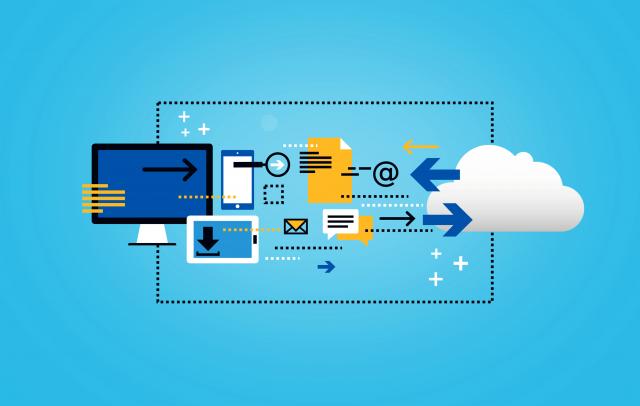The primary challenge that CDN solves is reducing bandwidth and improving global availability. The main issue these networks address is latency; the length of time the host server will receive, process, and deliver on a particular resource as per the page request. Latency depends on the distance between the user and the server and depends on the resources the page contains. Latency lies in the range of 75-140ms but can be higher for mobile users accessing a site over a 3G network. This can lead to an increase in load time by almost three seconds.
The static resources in CDN caches found in servers distributed across the world make sure that resources get closer to users, thus reducing roundup time. Many sites are dependent on content delivery networks. The benefits will vary on the providers of your choice, how your CDN stores content and the distance of their POPs from users. You need to know the location of your users before choosing a CDN.
You will realize that CDN is efficient for mobile users but may be hard to justify the cost basing on the marginal return. When describing the amount of time a document takes to load on a mobile device while the site is using CDN, you will find that the loading time taken to complete loading the page increases by 10%. The loading time on a desktop, however, increases by 20% on a similar web page. Even though there is an improvement in the load speed, the difference is not very huge.
Many CDN providers you will come across in the market will guarantee you 100% availability even during network problems, hardware issues, and massive power outages. Do the leading sites use CDN? According to the recent research, seventy-nine percent of leading e-commerce sites in EU and seventy-five percent of e-commerce leading websites in the US do not use a listed CDN. Most site owners use cost as an excuse for not using them, but the prices are steadily coming down with time.
When you want to attain the best acceleration results, many owners combine content delivery network, front-end optimization, in-house engineering, and application delivery controller. CDNs addresses performance issues by bringing resources closer to users through results, shortening server round trips, and making pages to load faster. Front end optimization will tackle performance of the pages in the browsers. Combining these options creates an enormous impact on the metrics of the pages and improves load times.
Do you need the CDN service?
CDN wiki reviews recommend that you need to consider using this service because your blog will grow your audience and serve more people. You also need it to improve the speed of loading the images of your site and improve the end-user experience of your website. It only requires you to spend just a little more money to make you reach a wider audience and maximize your online returns. The technology rendered by CDN gears towards addressing parameters like user experience, the number of repeat visits, and load times. Many sites have the backing of CDN technology.
In general, CDN acts as a performance booster because when a user makes an explicit request, the process of determining the closest server becomes an easy task. This server optimizes the speed of delivering the content to the user. A content delivery network is more efficient when you possess an accessible public site that contains static content like scripts, CSS, images, and much more. Every CDN provider is different, and you need to check through the network of the vendor to ascertain how the provider will affect your audience if your site is in one geographical location.




























